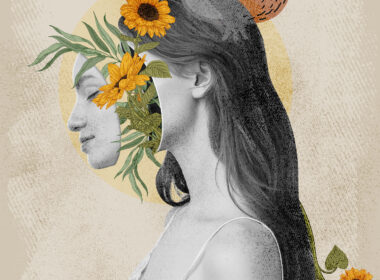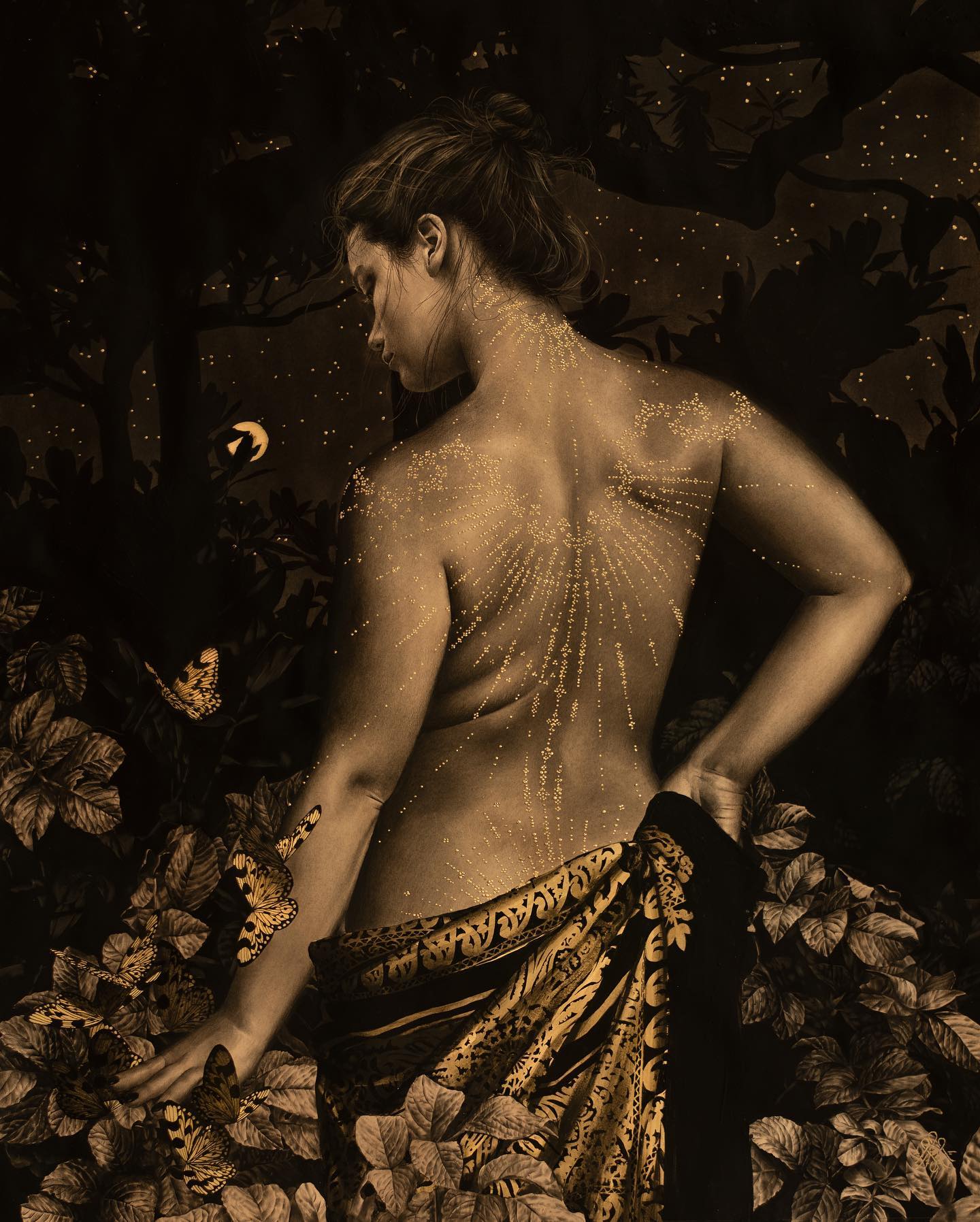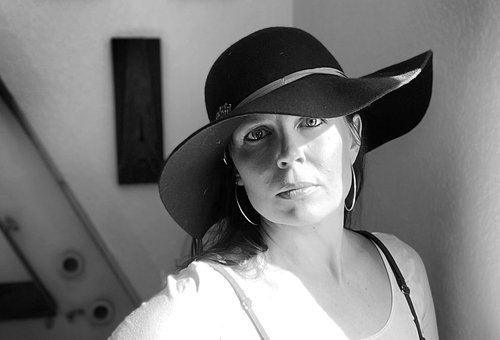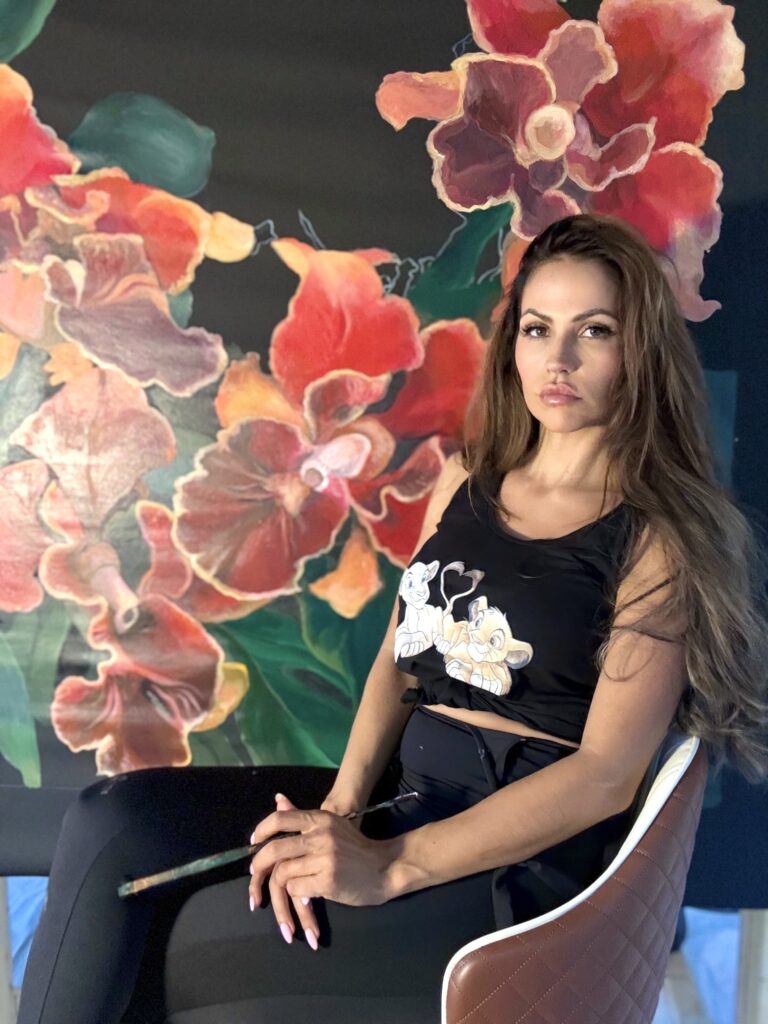
Exploring Nature’s Mysteries: In conversation with Rohini Sen
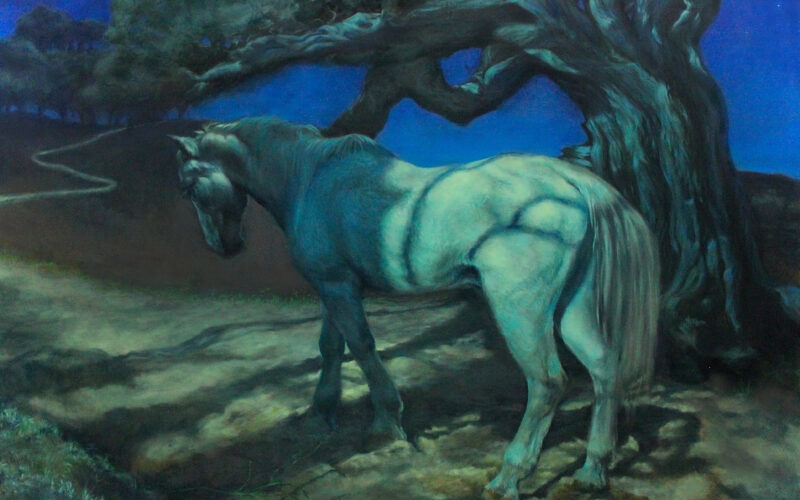

Enjoy our interview with Rohini Sen, a featured artist in our ATH issue Magazine 4, a New Zealand-born creative soul now making waves in the United States. Her work seamlessly blends the natural sciences with her personal experiences. But before we get started, let’s learn a bit more about her.
Rohini Sen is a New Zealand-born artist living and working in the United States. Sen holds a background in Zoology and an MFA from the New York Academy of Art. She has taught at the Los Angeles Academy of Figurative Art, Disney Animation Studios, and the City University of New York, and is currently CE Faculty at the New York Academy of Art. Sen is a representational painter who explores the natural sciences as they intersect with her history and contemporary experiences. She searches for parallels between the lives of animals and our own human experience. In this way, natural and human history unite in a shared space. Whether this is reflected through allegorical depictions of wild animals or a specimen-like presentation of the subject, her current body of work seeks to explore the primal duality of motherhood, and the inexhaustible comparisons found in the wild that echo this.
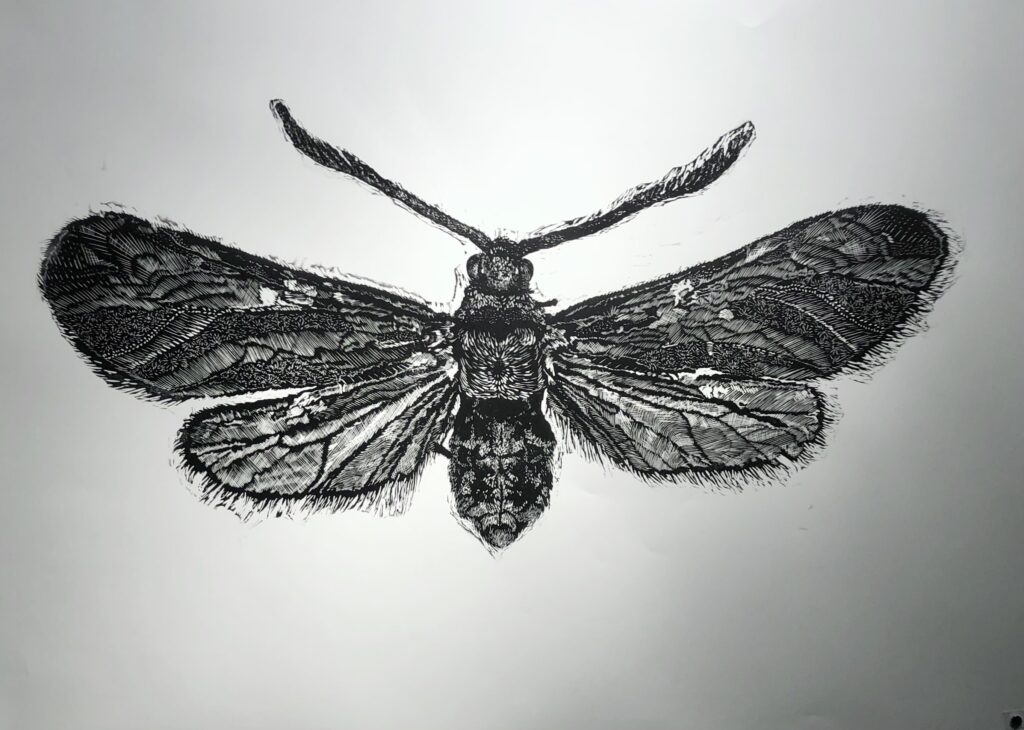
1. Rohini, your journey into the art world is incredibly diverse, spanning from New Zealand to prestigious academies and studios across the globe. Can you share with us what initially sparked your passion for art and how your background in zoology influences your creative viewpoint
It started when I was a child. I was absolutely obsessed with the natural world. I was also shy, so art was a way of expressing myself and this love that I had for nature, but without having to involve an audience. Then when it came time for university I had to make a decision between the natural sciences and art. I wanted to do both, but I decided my artwork had to take a backseat. I made the choice to focus on my scientific studies first because of the intense nature of study and work. Also, I knew I would come back to art when time opened up. My love for zoology and wildlife conservation continued to grow, and while doing research and field work I started forming these images in my mind. I had an overwhelming urge to describe and share these moments I experienced. This is when I came back to art. I knew I needed a specific skill set, so I sought out individuals and academies that could teach me, and I didn’t limit the location. This took me to France and the United States. Now as an adult I’ve discovered through my family history that my ancestral tribes were stewards and experts of their ecosystem. So my love for wildlife and art came full circle as I’m able to now express my identity and history through this visual language.
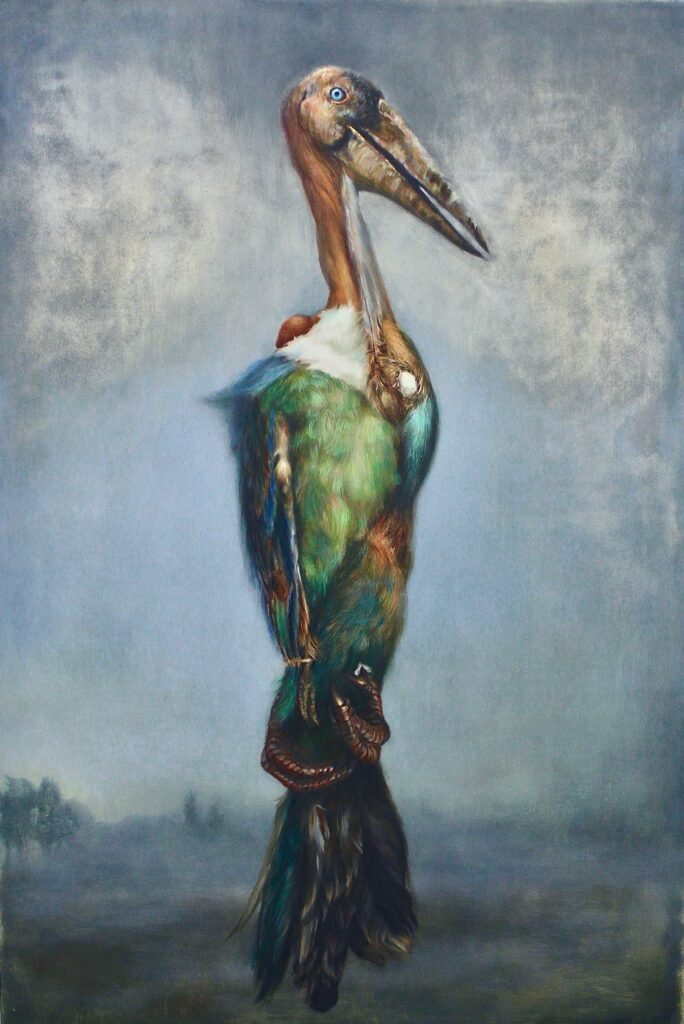
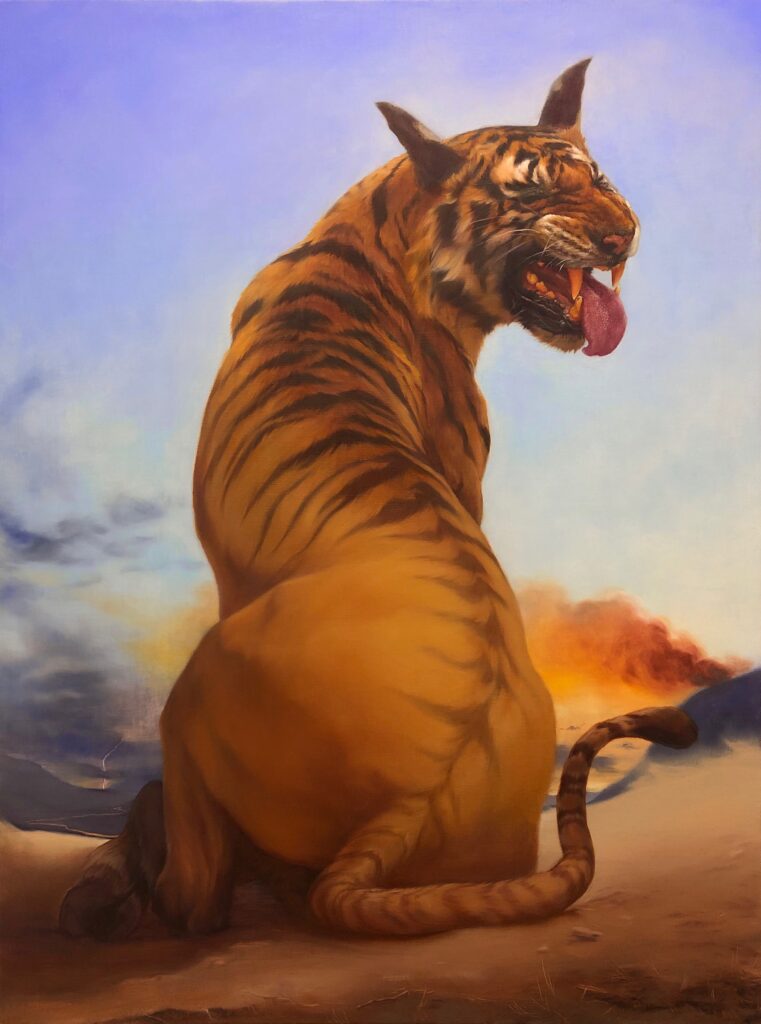
your unique ‘style’ is inevitable; it just needs permission to grow sometimes.
Rohini Sen
2. With a wealth of academic training and teaching experience, how do you approach the balance between preserving traditional techniques and fostering creativity and innovation in your artwork and the classroom?
I think the natural progression for most art students, and students of any field, is to imitate and emulate a model example. Then when one becomes more proficient in the foundational tools, and they feel comfortable to push further, their own voice, hand, and creativity will naturally come through. What I encourage in my students is an objective self-observation of their work and interests as a whole. To sit back from it all and let those things talk back to them. The work will reveal what it’s about, and what your subconscious is trying to express that is utterly unique and important. Lean into what you gravitate towards and are good at, your unique ‘style’ is inevitable; it just needs permission to grow sometimes. The lessons from the masters, both historical and contemporary; can be in service of your unique vision.
3. Your aesthetic philosophy revolves around exploring humanity and beauty, creating moments of contemplation and connection. How do you translate these philosophical concepts into tangible elements within your artwork?
Visual literacy is a skill to be learned, and it can drastically shift an image, I will forever be a student of this. I also want everything in the picture plane to be considered and purposeful. From the larger ideas and relationships between the elements, to the color palette, time of day, compositional arrangement, medium, size and more. It all matters and can open up connection and contemplation. In addition, the technical qualities of the work are important to me. An intriguing surface can pull someone in for a first read. Then the real work is trying to keep the viewer there long enough for a second and third read. I put a lot of time into research, I want to know why a certain plant, animal, colour is significant to this particular idea, or what to leave out of the composition entirely. What historical and contemporary references am I tapping into and does this express my intent clearly. There’s a constant search for harmony and chaos, and I’m still trying to find that perfect place where I feel the image speaks for itself. I think we all can at least think of one thing in nature that speaks to us at a spiritual level, beyond what words can sometimes express. I try and get to the core of these connections within myself first, and develop them until they feel potent. I have learnt through art, that our experiences find solidarity and companionship in nature so purely.
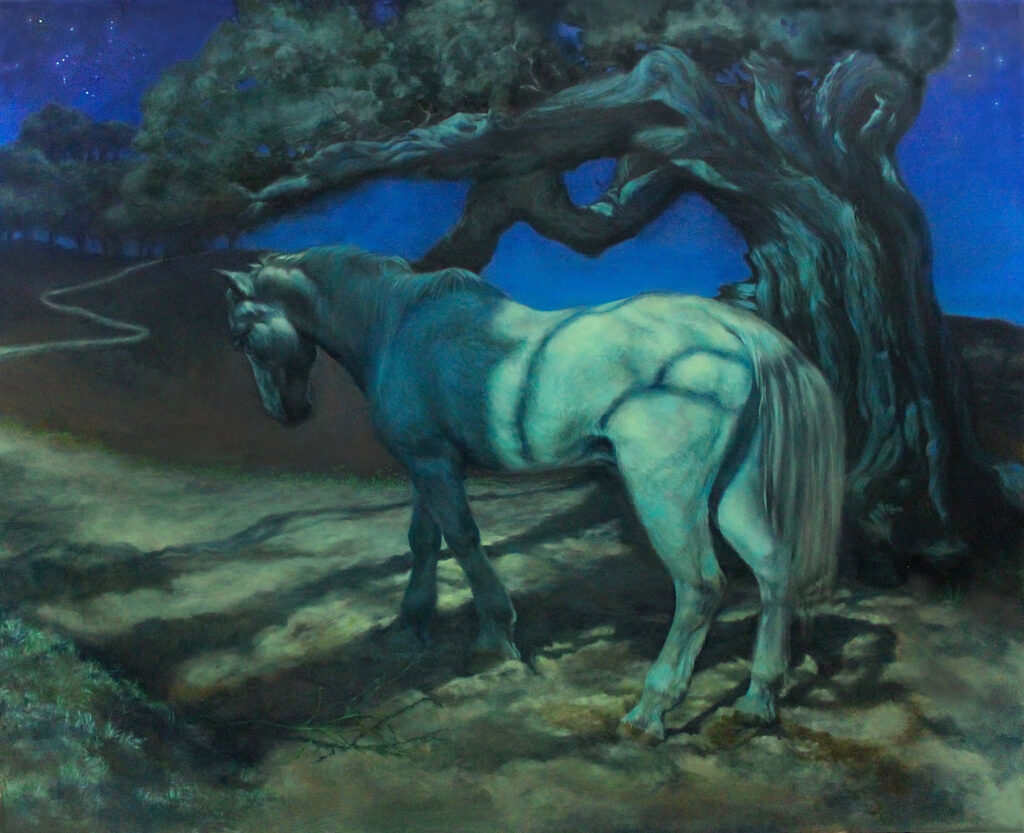
4. You’ve worked extensively with various mediums, including oil paint, graphite, charcoal, and printmaking. How do you decide which medium to use for a particular piece, and how does each medium contribute to the overall expression of your creative vision?
It can be a practical decision, where some visuals just lend themselves to a certain medium and technique more than others. It can also be more about the history of the medium itself and what that adds to the work. When it comes to science and nature, printmaking has had a long connection and history to the subject matter, as well as oil, both from a western point of view and the ancient eastern cultures. Charcoal and graphite is how I build up most of my ideas, and sometimes that is all I need to express them in full. When it comes to the surface of the work and the importance of creating an optical illusion of texture and some kind of haptic sense to the form, then that will dictate the medium I use.
I think we all can at least think of one thing in nature that speaks to us at a spiritual level, beyond what words can sometimes express. I try and get to the core of these connections within myself first, and develop them until they feel potent.
Rohini Sen
5. Teaching seems to be a significant aspect of your career, with positions at prestigious institutions like the New York Academy of Art and the Los Angeles Academy of Figurative Art. What do you find most rewarding about teaching, and how does it influence your art practice?
There are so many rewarding moments, when a student gets a concept and it’s revelatory, I remember those moments in my own journey so well. It’s fantastic to see the work grow and the questions develop as we advance to new levels of technique and concept. Also when a person is just fired up and excited to get working because of the class, my job is done! We are constantly problem solving, and I am teaching tools to eliminate the ‘chase’ we all go on, so we can find a solution. In my own practice I revert to these same methods and strategies to organize my thoughts and approaches. It saves a lot of time, and I still need the constant reminder.
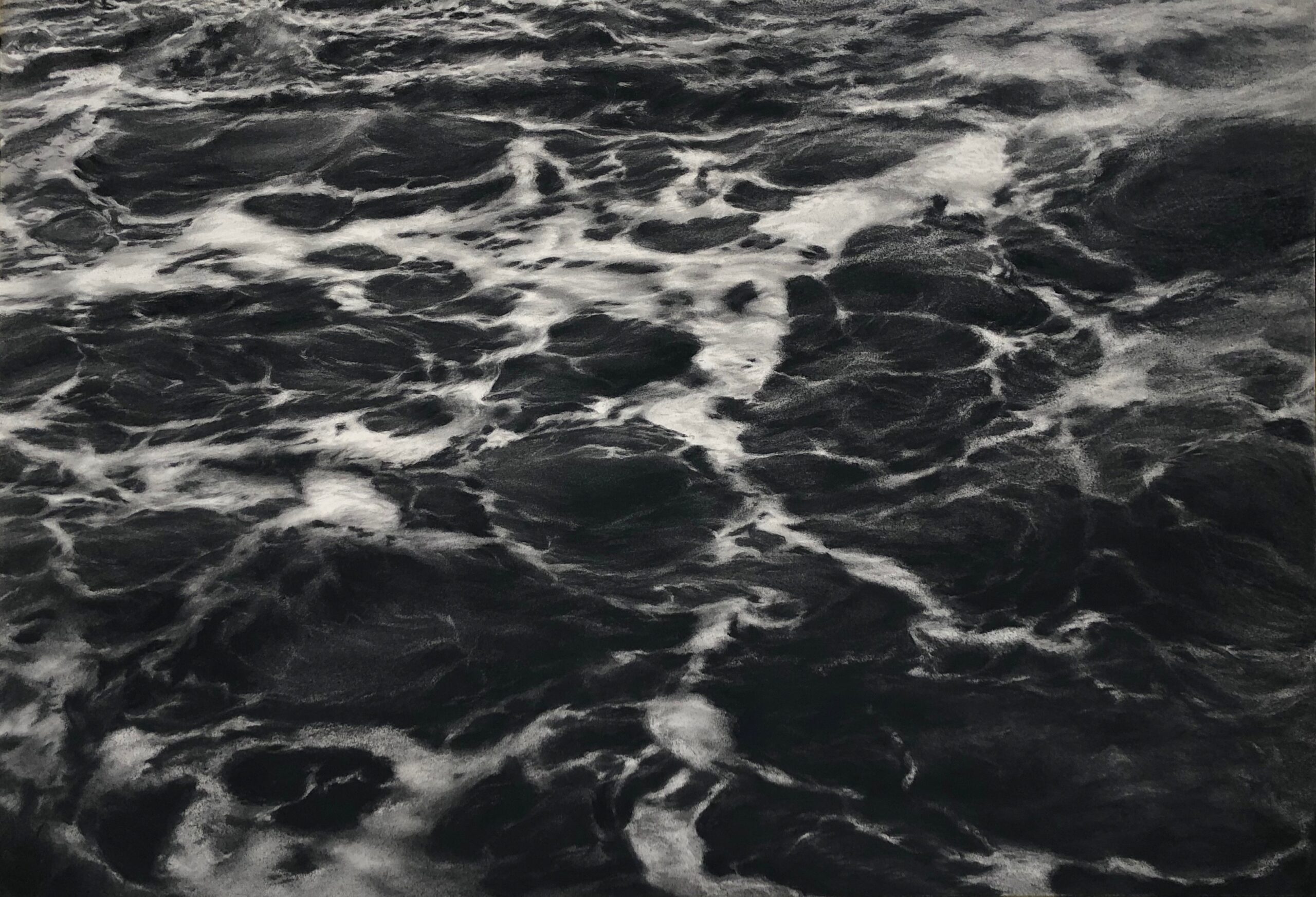
6. Lastly, could you share with us a bit about your upcoming courses at the New York Academy of Art, and What do you hope students will take away from these courses?
My current class at NYAA is Portrait Drawing Deconstructed. My objective with this class is to break down the intimidating and complex structure of the portrait. Whether you are working from life, photograph or imagination, knowing the underlying structure and universal qualities of the portrait are extremely important. Whatever our source, there is often information hidden or lacking, and that is where the theory comes into play and can fill in the gaps. My hope is that students emerge with more confidence and a little bit of x-ray vision when looking at the portrait. I also have a couple of classes online that are self-paced and can be watched at any time. The Art of Line, and Composition, these classes offer a foundation for beginners or artists that would like to refresh their basic understanding on the topics.
As we bid farewell to our conversation with Rohini Sen, we carry with us a sense of wonder and gratitude for the insights she has shared. Through her words and her art, Rohini has illuminated the beauty and complexity of the world around us, reminding us of our interconnectedness with nature and each other. To know more about Rohini, click on the links provided below to visit her profile.








